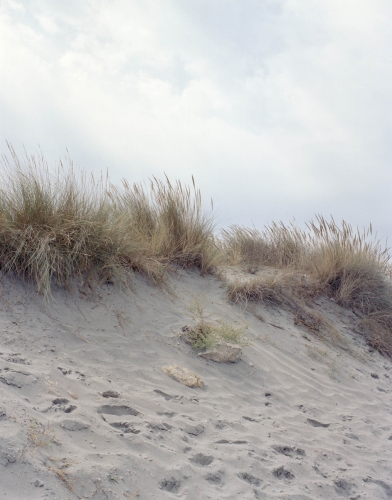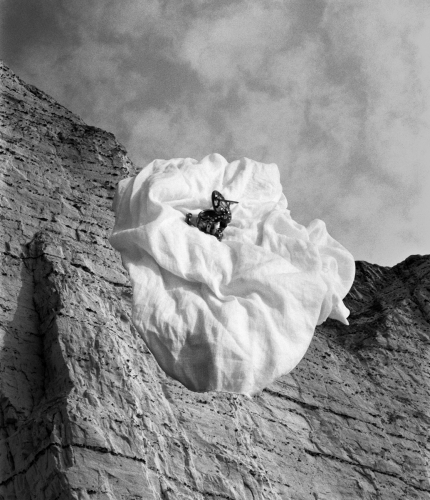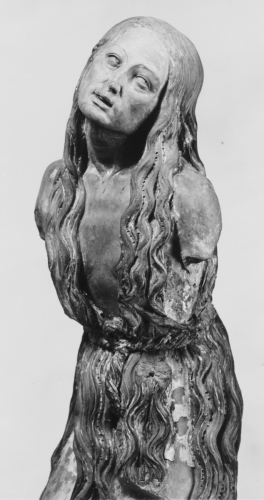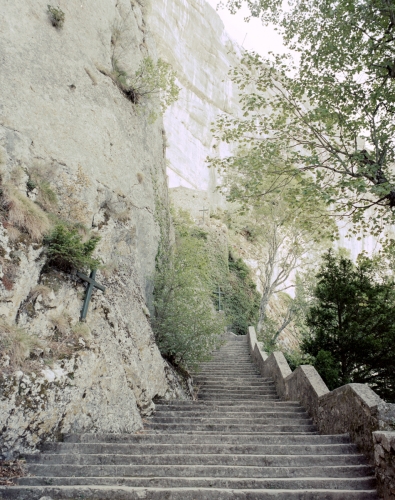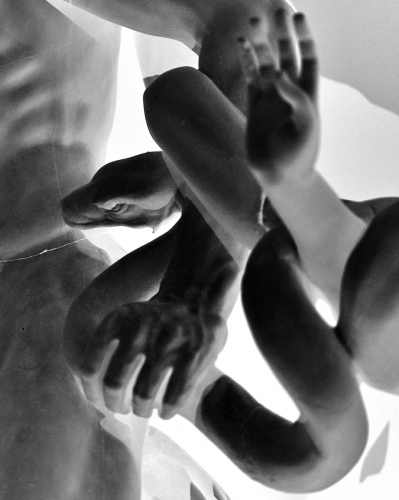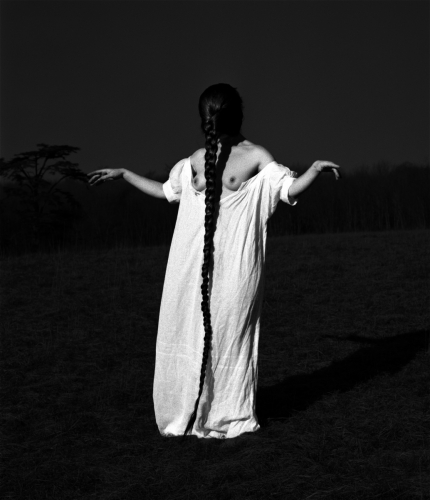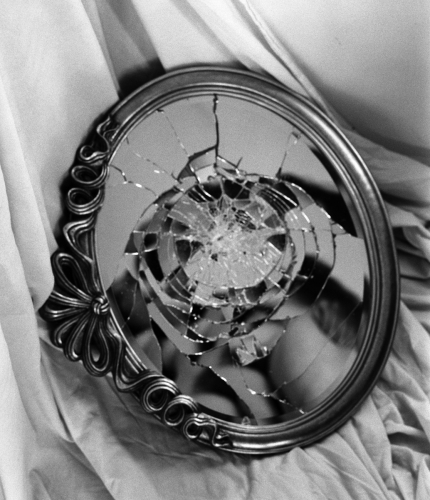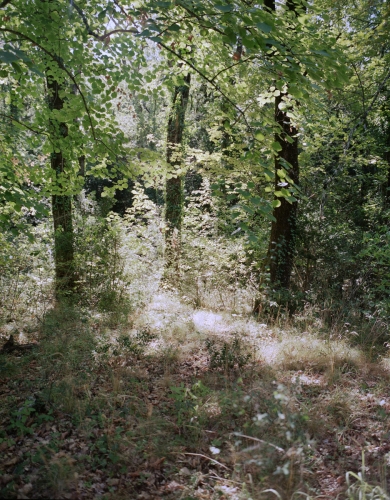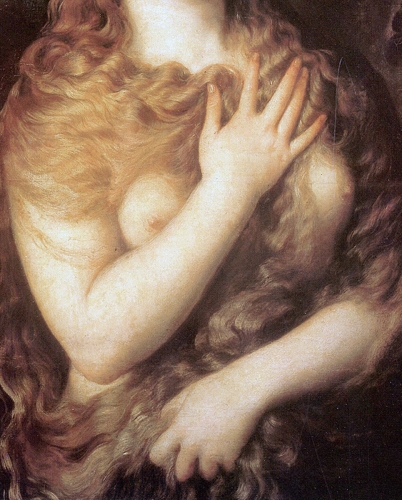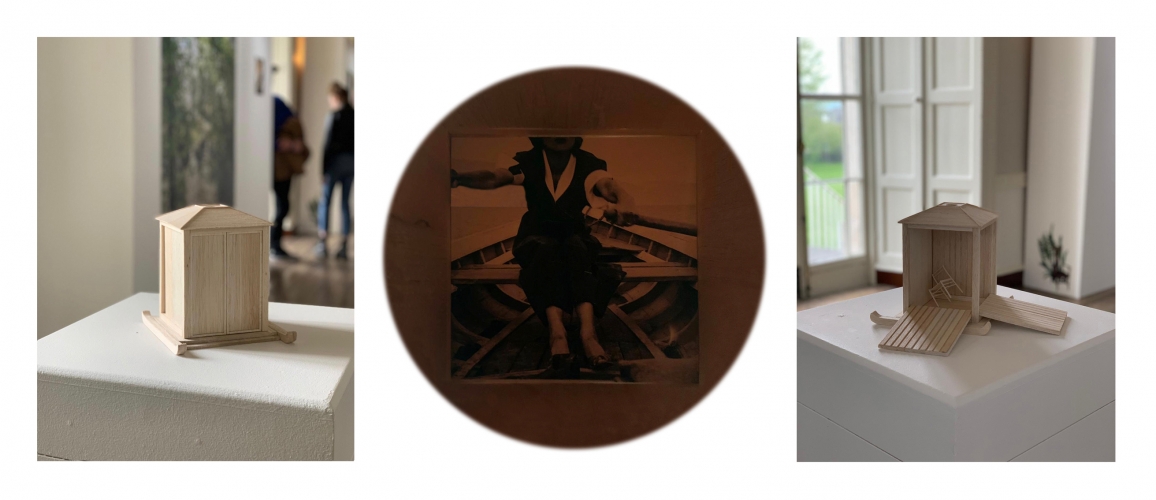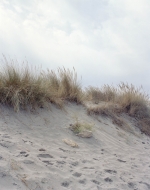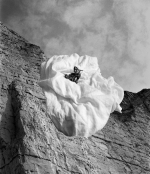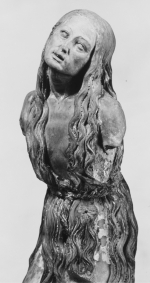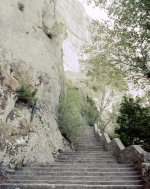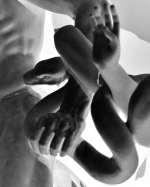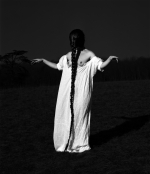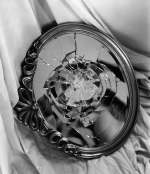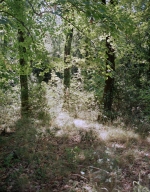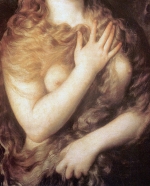Benedetta Casagrande is an Italian photographer, writer and curator. Graduated with a BA in Photography from the University of Brighton in 2016, she has recently concluded an MA in Art History and Museum Curating with Photography at the University of Sussex. Casagrande is one of three founders of Ardesia Projects, a curatorial platform dedicated to contemporary photography. Casagrande is the founder and director of the artist residency In-Between Shores, Varese (2018), and of a series of peer-review sessions, Tempesta Creativa (2016-ongoing), which take place in Milan (IT) and Brighton (UK). In 2019 she has worked as a independent researcher for the Interpretation Department of the British Museum in the context of the programme Love, Desire, Identity: Exploring LGBTQ + Histories and has been a visiting speaker at The Photographer’s Gallery. Her photographic work has been exhibited nationally and internationally. Amongst her exhibition we find The Invention of Memory, Photo Ireland Festival (2019), Step, Kneel, Rub, Touch, Look, Grasp, Repeat, Page Blanche Gallery (2018), Family of No Man, Cosmos Arles (2018) and Pingyao International Photography Festival, China (2017).
Maria di Magdala (working title), collaborative work developed between Benedetta Casagrande and Leonardo Falascone, investigates the creation of the myth and the presence of Saint Mary Magdalene in the South of France. Reflecting on the complex relationship between memory and faith, authenticity and fiction, the project questions by what means imaginary narratives shape and transform substantial reality to the point of making them indistinguishable. Established and represented as a symbol of penance and salvation, the figure of Mary Magdalene is deeply rooted in our collective imagination. Retracing the Saint’s passage into Southern France as narrated in the medieval “Golden Legend” - which tells the story of Mary Magdalene’s journey by boat from Jerusalem to the Camargue - the project examines how the myth was constructed and instrumentalized to establish the local landscape as a post-biblical Holy Land, transferring from Palestine to Europe not only the cult and the vestiges of the material presence of the Saint, but the pilgrimage experience itself. Instituting the territory as a salient touristic and religious destination, her cult survives today through relics conserved in the most visited churches of the region: the church of Stes-Maries, which holds the ‘pillow of the Saints’ (a block of marble on which it is believed lied the skull of Mary Magdalen’s corpse), the basilica of Saint-Maximin, which holds her alleged skull encrusted in a golden support and the Sanctuary of Saint Baume, built into the cave in which the Saint passed thirty-three years as a hermit. The woodlands in which the cave is situated are also saturated and brought to life by her imaginary presence. Mary Magdalen’s tears are believed to be the source of water streams entwining through the roots of its ancient trees, the forest itself a secular eye-witness of her passage, endowing the natural landscape with magical qualities. Moving between staged photography and ‘documentary’ pictures of the landscape which has been transformed to support the claims of her presence in South France, Maria di Magdala reflects on the fragility, but nonetheless also on the persistence, of historical narratives.
The collaboration between Casagrande and Falascone began in 2018 in occasion of The Invention of Memory, main exhibition of Photo Ireland Festival which took place in May 2019. Working together on the theoretical research on which the project builds, Casagrande developed photographs whilst Falascone worked on the creation of objects; “new” relics to add to the material collection of narrative devices supporting Mary Magdalene’s imagery. Elaborating the legendary notion of the Saint’s drifting on a boat without oars in her journey from Jerusalem to Camargue, and working with the symbolic meaning of the boat as vehicle of transformation and as carrier of both bodily and spiritual identities, he designed two models of the same vessel: one, enclosed, contains a photograph which can be barely viewed in dim lights thanks to a peep-hole cut on its roof. The second model sees the collapse of the vessel’s supporting walls, revealing nothing but an empty chair; the image is gone, the body is absent, the identity carried by the vessel impossible to pin down, observe or constraint.

